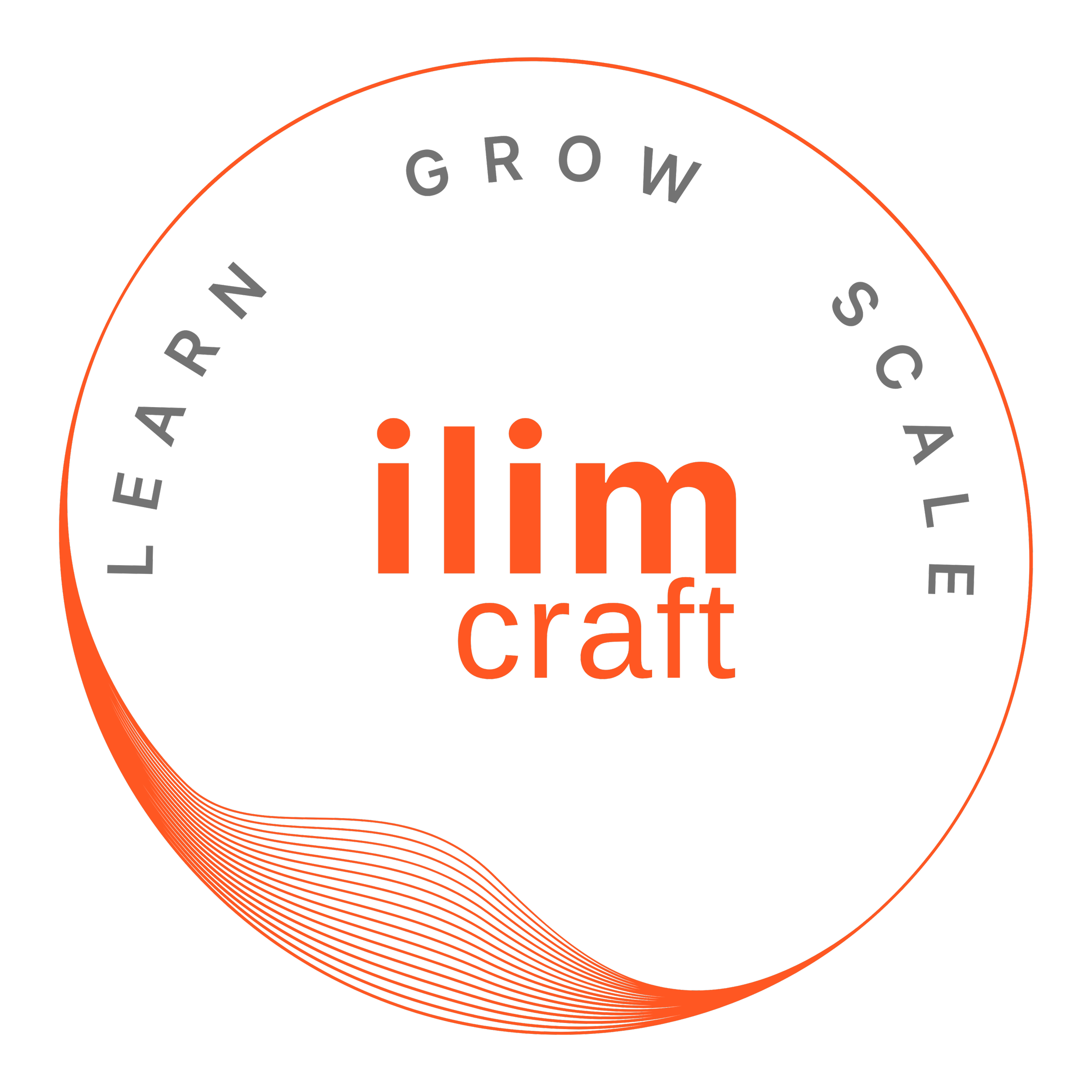
CONFIDENT NEGOTIATION: MASTER THE ART OF LEADERSHIP AND INFLUENCE
How to Build Leadership Skills and Negotiate for Success in Any Situation
CONTENTS
INTRODUCTION
THE ROLE OF CONFIDENCE IN NEGOTIATION
UNDERSTANDING THE FOUNDATION OF LEADERSHIP
MASTERING THE ART OF SAYING “NO”
LEVERAGING BEHAVIORAL STYLES FOR EFFECTIVE NEGOTIATION
ACTIVE LISTENING AND EMPATHY IN NEGOTIATION
CONFLICT MANAGEMENT: TURNING DISAGREEMENT INTO OPPORTUNITY
NEXT STEPS: ACTIONS TO TAKE ON YOUR JOURNEY
CONCLUSION
Chapter 1
INTRODUCTION
“In leadership, the challenge is to stay calm and maintain a sense of confidence when things around you are falling apart.”
WHY CONFIDENT NEGOTIATION IS THE KEY TO LEADERSHIP SUCCESS
Negotiation is one of the most critical leadership skills, whether you are leading a team, advocating for your employees in a union, or representing your company. The ability to confidently navigate tough conversations, find common ground, and advocate for all parties involved is key to ensuring positive outcomes. This ebook explores how to build leadership skills that foster confidence, effective negotiation, and the ability to say “no” when necessary—all while maintaining productive relationships.
Chapter 2
UNDERSTANDING THE FOUNDATION OF LEADERSHIP
“Leadership is not about being in charge. It is about taking care of those in your charge. ”
SELF-AWARENESS AND ADAPTABILITY: THE CORNERSTONES OF LEADERSHIP
Leadership isn’t just about directing others; it’s about understanding your own strengths, knowing how to communicate effectively, and adapting your style based on the needs of the situation and the individuals involved. The DISC model*, which categorizes behavioral styles into Dominance, Influence, Steadiness, and Compliance, provides a framework to better understand yourself and those you’re negotiating with.
Successful leaders are not rigid in their approach but flexible and empathetic. This adaptability is a hallmark of strong negotiators, who can adjust their communication style depending on the situation. For example, knowing when to adopt a more assertive tone or when to be collaborative can be the difference between a stalled discussion and a successful deal.
If you want to understand your behavioral style and how it influences your leadership? To get your personal DISC assessment and receive a personalized report on how to leverage your strengths, contact coaching@ilimcraft.com. For more information on DISC see www.ilimcraft.com/disc.
Chapter 3
THE ROLE OF CONFIDENCE IN NEGOTIATION
“The most difficult thing in any negotiation, almost, is making sure that you strip it of the emotion and deal with the facts.”
BUILDING UNSHAKABLE CONFIDENCE TO ADVOCATE FOR YOURSELF AND YOUR TEAM
Confidence plays a vital role in negotiations. If you are not confident, you are less likely to advocate effectively for yourself or your team. One of the biggest barriers to confident negotiation is the fear of rejection or conflict. As highlighted in conflict management principles, managing emotions—both yours and others'—is critical.
Confident negotiators don’t avoid conflict but embrace it as an opportunity to bring out the best in everyone involved. They are assertive but not aggressive, understanding that successful negotiation is often about collaboration rather than confrontation. Confidence is built through preparation and understanding your priorities, as well as the other party's needs.
Start each negotiation by clearly defining your goals, but also keep an open mind to find mutual wins. Preparation helps boost confidence, allowing you to be assertive without being defensive.
Chapter 4
MASTERING THE ART OF SAYING “NO”
“The difference between successful people and really successful people is that really successful people say no to almost everything.”
HOW TO ASSERT BOUNDARIES WHILE PRESERVING RELATIONSHIPS
One of the most challenging aspects of negotiation is learning to say "no" without damaging relationships. Often, leaders hesitate to reject a proposal for fear of conflict, but saying "no" is essential to protect your team’s interests and ensure the best outcome.
William Ury’s concept of the "Positive No" provides a framework for rejecting offers while maintaining respect and moving the conversation forward. This involves:
Saying Yes to Yourself: Start by affirming your priorities and what’s important to you.
Delivering a Clear “No”: Be direct and firm without being confrontational.
Offering a Way Forward: Suggest alternatives that can meet the needs of both parties.
By mastering the art of saying "no," you create stronger boundaries and encourage more productive negotiations.
Chapter 5
LEVERAGING BEHAVIORAL STYLES FOR EFFECTIVE NEGOTIATION
“When you know yourself, you are empowered. When you accept yourself, you are invincible.”
TAILORING YOUR APPROACH TO SUIT DIFFERENT PERSONALITY TYPES
Understanding the behavioral style of the person you are negotiating with can significantly increase your chances of success. The DISC model is a powerful tool for this. For example:
Dominance (D): Individuals with a dominant style value efficiency and results. They appreciate a direct, straightforward approach. Stick to the facts, and avoid going off-topic.
Influence (I): Those with an influence style value enthusiasm and personal relationships. Build rapport and use positive reinforcement.
Steadiness (S): Steadiness types prioritize harmony and cooperation. Be patient, and give them time to process and make decisions.
Compliance (C): Individuals with a compliance style appreciate detail and accuracy. Be prepared with data, and avoid pushing for decisions too quickly.
By adapting your approach based on these styles, you can build trust, reduce misunderstandings, and foster collaborative solutions.
If you want to understand your behavioral style and how it influences your leadership? To get your personal DISC assessment and receive a personalized report on how to leverage your strengths, contact coaching@ilimcraft.com. For more information on DISC see www.ilimcraft.com/disc.
Chapter 6
ACTIVE LISTENING AND EMPATHY IN NEGOTIATION
“When people talk, list completely. Most people never listen.”
THE POWER OF LISTENING TO ACHIEVE MUTUAL UNDERSTANDING
Listening is one of the most underrated leadership skills. Often, leaders feel the need to dominate the conversation, but active listening is a much more effective tool in negotiations. Active listening involves more than hearing words; it’s about understanding the emotions and motivations behind those words.
Three key techniques for active listening are:
Mirroring: Reflecting back what the other party has said to confirm understanding. This reassures them that they are being heard and gives them the chance to clarify any points.
Summarizing: Periodically summarizing the key points of the discussion helps ensure that everyone is on the same page and prevents misunderstandings.
Asking Open-Ended Questions: Encouraging the other party to elaborate helps uncover deeper concerns and generates more productive discussions.
Empathy also plays a critical role. When negotiating, try to put yourself in the other party’s shoes. This doesn’t mean agreeing with them but understanding their perspective can help you navigate conflict more effectively.
Chapter 7
CONFLICT MANAGEMENT: TURNING DISAGREEMENT INTO OPPORTUNITY
“Conflict in inevitable, but combat is optional.”
HOW TO TRANSFORM CONFLICT INTO PRODUCTIVE SOLUTIONS
Conflict is inevitable in negotiation, but it doesn’t have to be destructive. In fact, healthy conflict, when managed correctly, can lead to better outcomes.
The L.E.E.N. Model (Listen, Empathize, Evaluate, Negotiate) provides a structured approach to resolving conflicts constructively:
Listen to the other party’s perspective without interrupting.
Empathize by acknowledging their feelings, even if you don’t agree with their position.
Evaluate the situation objectively, focusing on the underlying needs of both parties.
Negotiate a solution that addresses both sides’ key interests.
Using conflict as an opportunity for growth and improvement not only strengthens relationships but also enhances the outcome for everyone involved.
The absence of conflict and arguments isn't the sign of a healthy relationship- it's how someone handles themselves and their loved one during and after the conflict.
Chapter 8
NEXT STEPS
PRACTICAL STEPS TO BECOMING A MORE CONFIDENT AND EFFECTIVE NEGOTIATOR
Becoming a confident negotiator doesn’t happen overnight. Building confidence as a leader and negotiator is a continuous process that starts with a few key steps.
Here are three actions you can take today to begin your development:
Assess and Understand Your Behavioral Style: Begin by gaining self-awareness through a DISC profile or a similar personality assessment. Understanding your natural communication style, as well as how others might approach negotiations, will allow you to adapt your behavior for better results. This knowledge is crucial for managing interactions and fostering productive discussions.
Practice Assertive Communication and Prepare for Every Negotiation: Effective negotiation requires both assertiveness and preparation. Start by practicing saying “no” confidently and respectfully. Use William Ury’s “Positive No” approach: affirm your own priorities, deliver a firm but respectful "no," and suggest a way forward. Coupled with this, thorough preparation is key—define your objectives, understand the other party’s potential needs, and identify areas for compromise. This combination of assertiveness and preparation will give you the confidence to handle negotiations with ease.
Work with a Mentor or a Coach and Continue Learning: Mentorship is invaluable for accelerating your growth as a leader and negotiator. Find a mentor who can provide feedback, share their experiences, and guide you through challenging situations. In addition to mentorship, commit to ongoing learning by reading books that provide deeper insights into negotiation, communication, and leadership.
Chapter 9
CONCLUSION
Becoming a confident negotiator is about more than just strategy; it’s about developing leadership skills that foster trust, collaboration, and assertiveness. By understanding your behavioral style, embracing empathy, mastering active listening, and learning to say "no," you can become a leader who negotiates with confidence and achieves the best outcomes for everyone involved.
Leadership and negotiation are intertwined. When you approach negotiations with empathy, confidence, and a clear sense of purpose, you’re not only advocating for yourself but also guiding your team or organization toward success.
Additional
Reading
Here are four highly recommended books to start:
"Getting to Yes: Negotiating Agreement Without Giving In" by Roger Fisher and William Ury. This book is widely considered a cornerstone text in negotiation. It's often required reading in business schools and negotiation courses. Its concept of "principled negotiation" has been influential for decades.
"Never Split the Difference: Negotiating As If Your Life Depended On It" by Chris Voss. A highly practical guide to negotiation from a former FBI hostage negotiator, focusing on tactical empathy and strategies for high-stakes discussions. Voss’s FBI background and practical approach have made it a favorite among readers looking for real-world negotiation tactics.
"The Power of a Positive No: Save the Deal, Save the Relationship, and Still Say No" by William Ury. A book that teaches how to say “no” effectively while maintaining relationships and finding solutions that work for everyone. Specifically addresses the challenge of saying no while maintaining relationships.
"Dare to Lead" by Brené Brown. This book explores the intersection of leadership and vulnerability, helping leaders navigate tough conversations and lead with courage and empathy.
Omar Nawaz
Founder ilimcraft
Omar is a dynamic business leader with 27 years of experience spanning startups to Fortune 500 companies. His impressive track record includes launching and scaling product lines to remarkable success: from $0 to $100 million at Cisco, and again at Microsoft. He's also achieved 10x revenue growth in two separate businesses. As Chief Product Officer at Chargebee, Omar led the company's valuation surge from $125 million to $3.5 billion.
A four-time entrepreneur, Omar's current venture, ilimcraft, shares his expertise with ambitious business owners, founders, and CEOs. His commitment to education led him to help start a non-profit liberal arts college in Berkeley while serving as their Executive Vice President. He also serves on the board of a nonprofit K-8 school.
Through ilimcraft, Omar advises small businesses, startups, and leaders on scaling businesses and achieving transformative growth. His unique blend of entrepreneurial spirit and product expertise makes him a valuable mentor for businesses and leaders at all growth stages.

